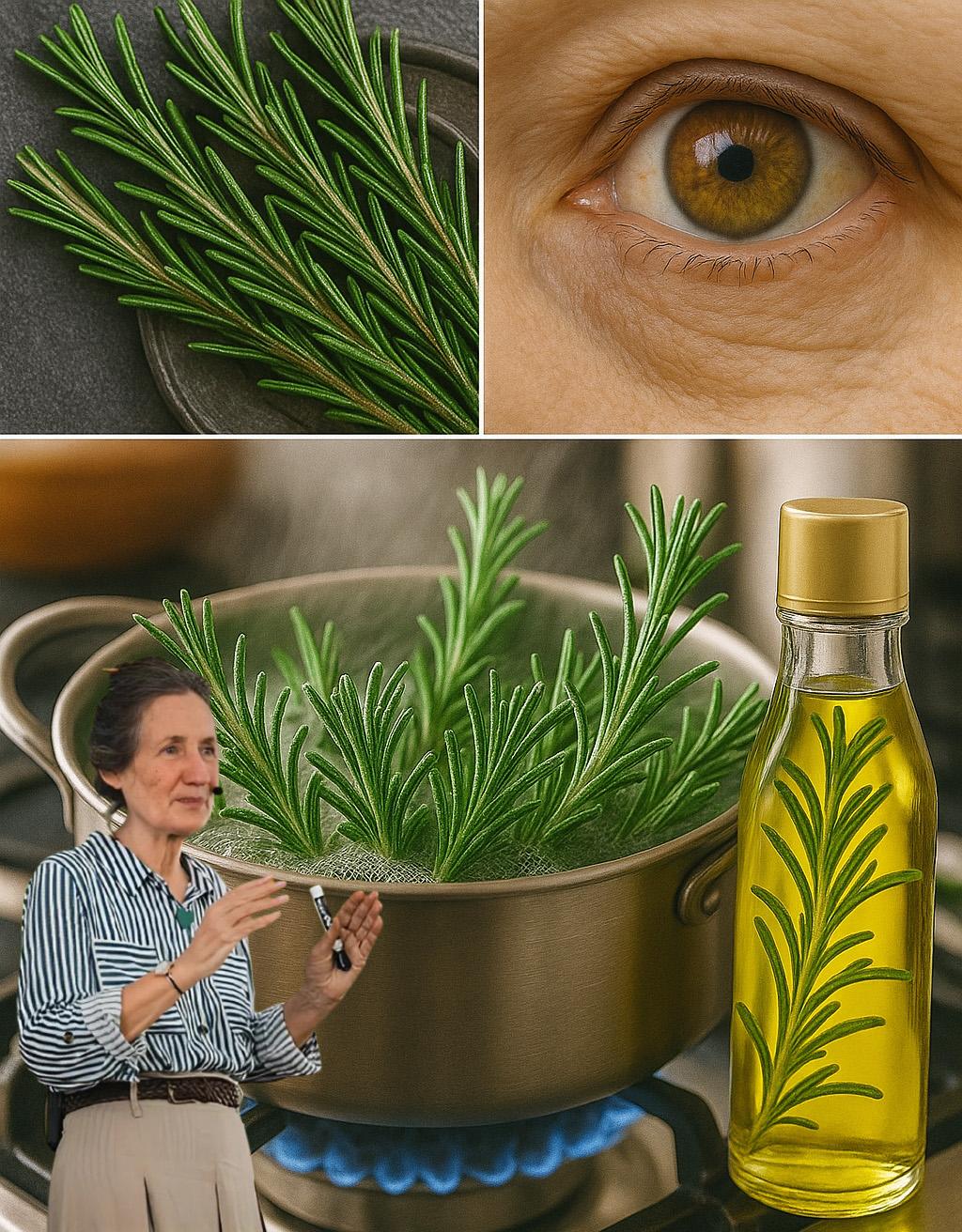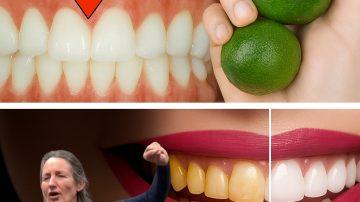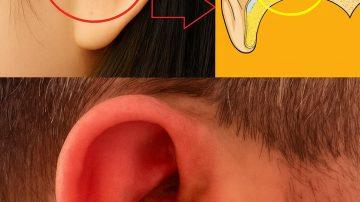The herb Rosemary (1$\text{Rosmarinus officinalis}$), traditionally known for its use in cuisine and boosting memory, contains a powerful compound called carnosic acid that is attracting significant scientific attention for its protective effects on eye health.2 Research suggests that this compound may offer a natural defense against several degenerative eye conditions, including those linked to aging.3

While the research is primarily based on cell cultures and animal models, the findings are compelling, positioning rosemary as a potential therapeutic agent for vision health.
The Science Behind Rosemary’s Eye Protection
The key to rosemary’s vision-boosting potential lies in its potent $\text{antioxidant}$ and $\text{anti-inflammatory}$ properties, primarily driven by $\text{carnosic acid}$ and $\text{rosmarinic acid}$.

1. Protection Against Macular Degeneration ($\text{AMD}$)
$\text{Age-related}$ 4$\text{Macular}$ 5$\text{Degeneration}$ (6$\text{AMD}$) is the leading cause of vision loss in older adults.7 $\text{Oxidative}$ 8$\text{stress}$ (damage caused by 9$\text{free}$ 10$\text{radicals}$) is considered a major contributing factor to the disease’s progression.11
- Free Radical Scavenging: 12$\text{Carnosic}$ 13$\text{acid}$ has been shown in laboratory models to directly protect 14$\text{retinal}$ 15$\text{cells}$ from degeneration and toxicity caused by 16$\text{oxidative}$ 17$\text{stress}$.18
- Boosting Natural Defenses: Treatment with 19$\text{carnosic}$ 20$\text{acid}$ in cell cultures triggered the production of the retina’s own 21$\text{antioxidant}$ 22$\text{enzymes}$, effectively lowering the levels of cell-damaging 23$\text{reactive}$ 24$\text{oxygen}$ 25$\text{species}$ (26$\text{ROS}$) and helping to preserve photoreceptor function.27
- Photoreceptor Survival: In animal models, 28$\text{carnosic}$ 29$\text{acid}$ and rosemary extracts significantly protected 30$\text{photoreceptors}$ (the light-sensing cells of the retina) from light-induced damage, indicating potential for clinical applications in 31$\text{AMD}$ and 32$\text{retinitis}$ 33$\text{pigmentosa}$.34
2. Anti-Inflammatory Action for General Eye Health

Inflammation is a common factor in many eye conditions, including those that can lead to cataracts or general irritation.
- Combating Inflammation: 35$\text{Carnosic}$ 36$\text{acid}$ and 37$\text{rosmarinic}$ 38$\text{acid}$ are known 39$\text{anti-inflammatory}$ agents.40 This property is vital for mitigating chronic, low-level inflammation in the eye that can accelerate tissue damage.
- Cataract Relevance: While direct human studies on rosemary for cataracts are limited, the formation of cataracts is often linked to long-term $\text{oxidative}$ $\text{stress}$ and inflammation. By aggressively combating these two factors, rosemary’s compounds offer a theoretical protective benefit.
How Rosemary is Used for Eye and General Health
Rosemary’s active compounds can be consumed in several ways for systemic benefits:
- Culinary Herb: Using fresh or dried rosemary liberally in cooking introduces the active compounds into the diet.
- Rosemary Tea/Infusion: Steeping fresh or dried rosemary in hot water creates a tea that delivers its 41$\text{antioxidants}$ systemically.42
- Cold Compress for Puffiness: A rosemary infusion that has been cooled and chilled can be used as a cold compress over the closed eyelids to reduce puffiness and boost circulation around the eyes.43
- Supplements: Purified rosemary extracts containing standardized amounts of $\text{carnosic}$ $\text{acid}$ are available, often used in combinations with other $\text{vision-supporting}$ nutrients like Zinc (which has shown a synergistic effect with rosemary in studies).
Note: Rosemary is highly effective in laboratory studies, often at concentrated doses of its active component, $\text{carnosic}$ $\text{acid}$. It is important to remember that using the herb in cooking or tea is a supplement to a healthy diet and is not a proven treatment to reverse or cure established eye diseases like cataracts or $\text{AMD}$. Always consult an ophthalmologist for vision concerns.






